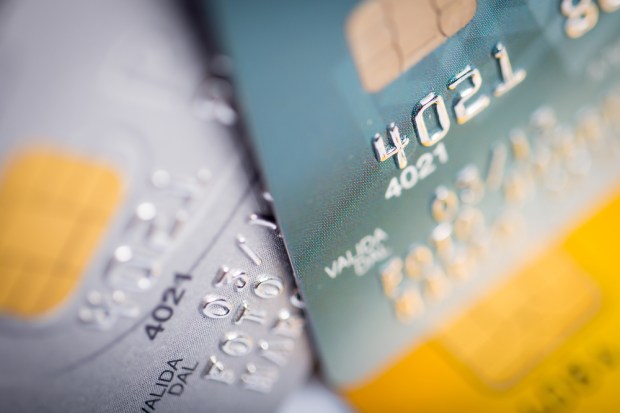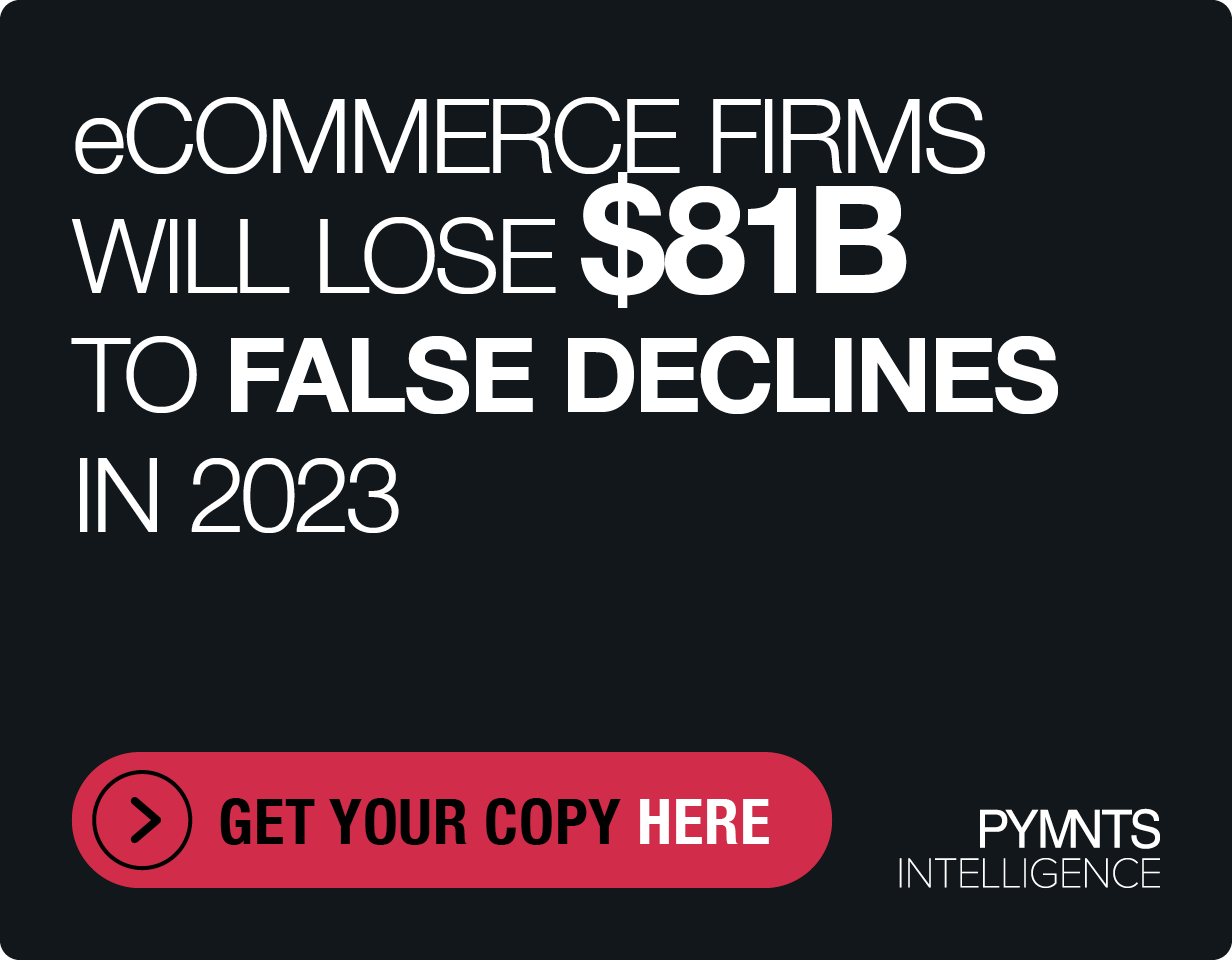Higher Interest Rates By Fed Mean Credit Card Loans Become Tougher

So the Federal Reserve hiked interest rates, as had been expected by most on the Street and beyond, and the question as the 25-basis point boost becomes viewed through a rearview mirror: What might it all mean?
First things first: The new rate range is 1 percent to 1.25, which is not high by any historical standard, and borrowing costs for loans are still low.
For those of you keeping score, the Fed actions Wednesday (June 14) mark the fourth time interest rates have been raised since the advent of the financial crisis. The biggest impact, and the impact that will be most swiftly felt, is the interest rates that banks must pay when they borrow funds, tied to the prime loan rate. Banks also charge higher interest rates when they lend that loans to consumers and corporates.
There’s another rate hike in the offing this year, said Fed watchers (and the Fed itself), with the caveat, as always, of economic growth.
As for the economy, it is performing rather decently, or in fact, as Fed head Janet Yellen said in remarks post policy confab, “the economy is doing very well. It is showing resilience.”
Generally speaking, when the Fed under Janet Yellen increases interest rates, the decision is a preemptive one, aimed at keeping economic growth from getting overheated and inflation making life, well, prohibitively expensive. There also is an additional action the Fed is taking, separate from interest rates, where it will unwind, albeit at a glacial pace, $4.5 trillion in bond and other asset purchases made in the years following the financial crisis. With a few billion dollars in maturities coming off the Fed’s book on a monthly basis in a controlled manner, any attendant boost in rates should be controlled as well.
As has been reported and as is seen in real life, the impact on loans has been nearly instantaneous, as rates on debt by and large went from 4 percent to as much as 4.25 percent for the prime rates of loans that are levied by banks from JPMorgan to US Bank to Wells Fargo, which is commensurate with the Fed decision. Credit card debt becomes more expensive, with a $2.50 additional annual charge on every $1,000 in borrowings, if you follow the simple math. May not sound like a lot, but if loans virtually everywhere go up, and in the U.S. consumers are carrying debt virtually everywhere, then something eventually gives out, against a backdrop where $12.7 trillion in consumer debt is on the books, surpassing previous highs.
Credit card debt is carrying, on average, interest rates of about 15.8 percent, which now goes up, is already at a record high, according to CreditCard.com, and is already up 60 basis points in a month. The rates charged on cards carried by consumers who have riskier credit profiles have a 23.2 percent rate, up from a 22.8 percent rate six months ago. Amid souring credit card debt seen at least on some bank balance sheets and charge-off rates the highest they’ve been in years (even before the rate hike), perhaps there should be some cause for concern.
